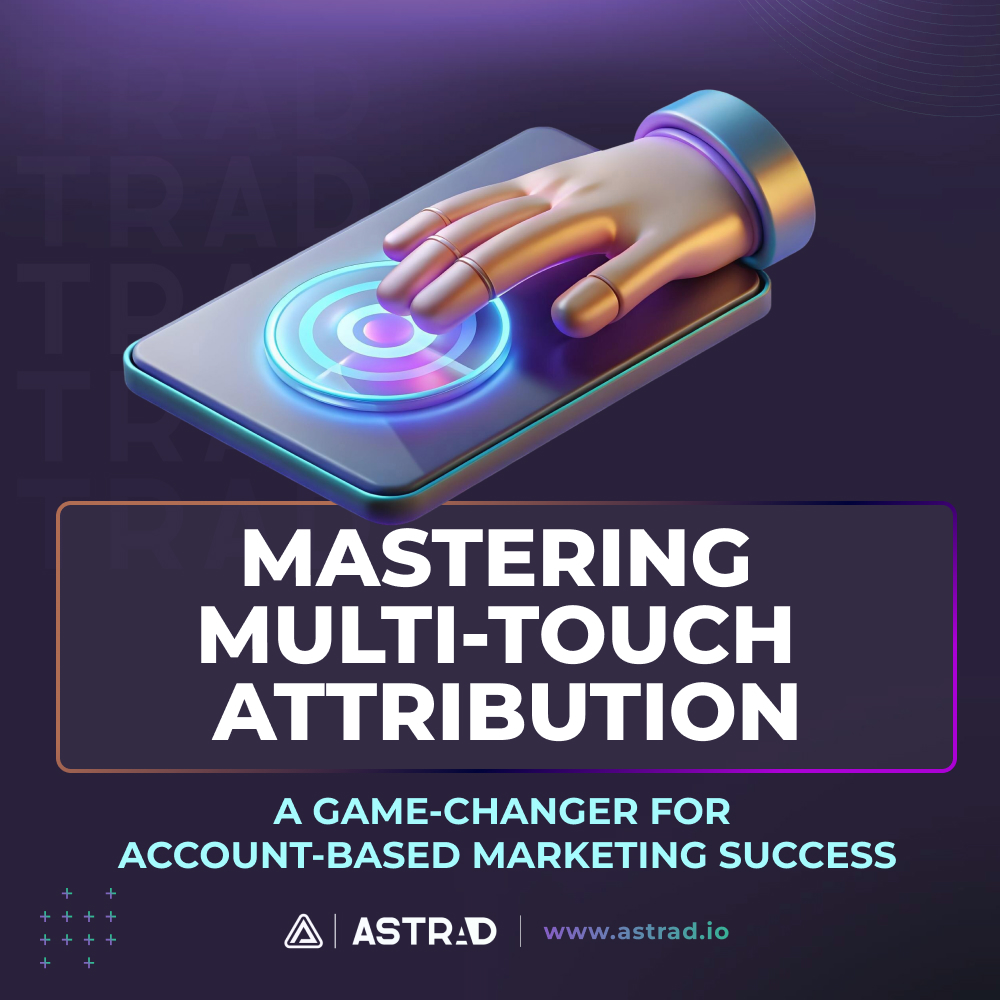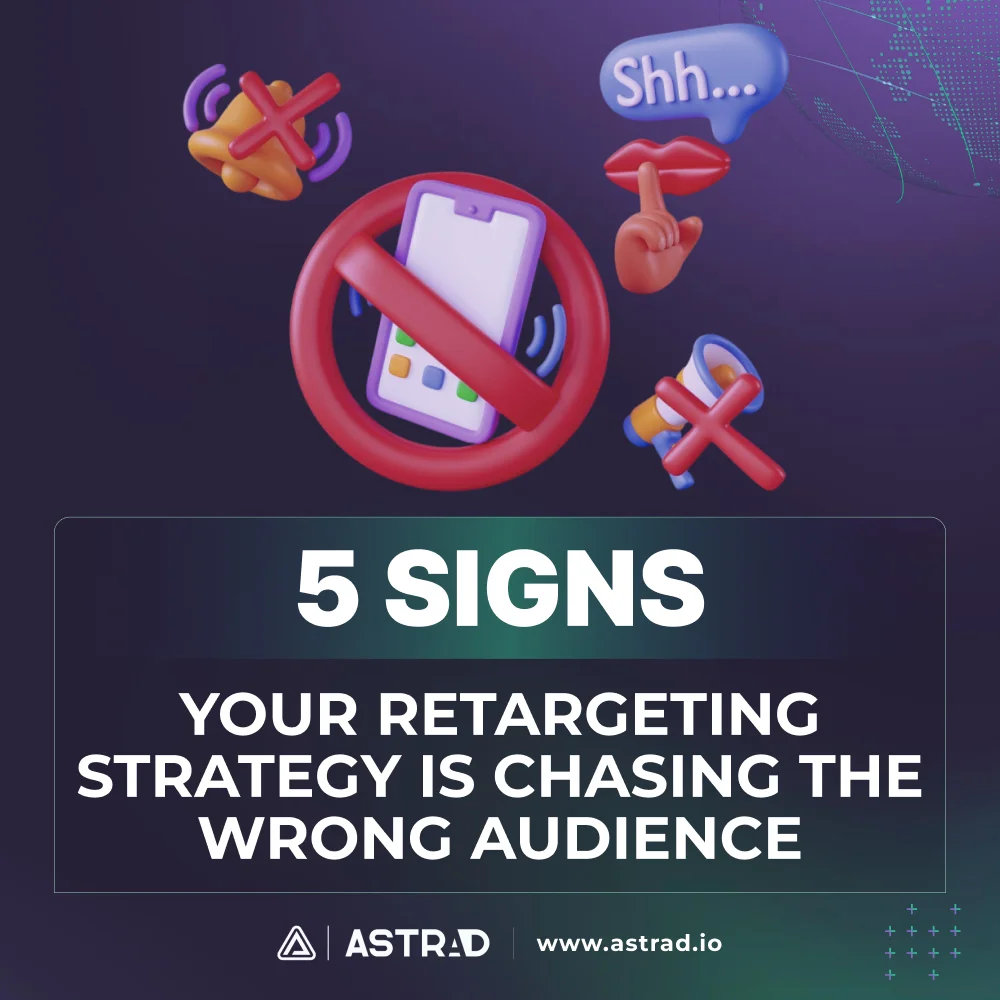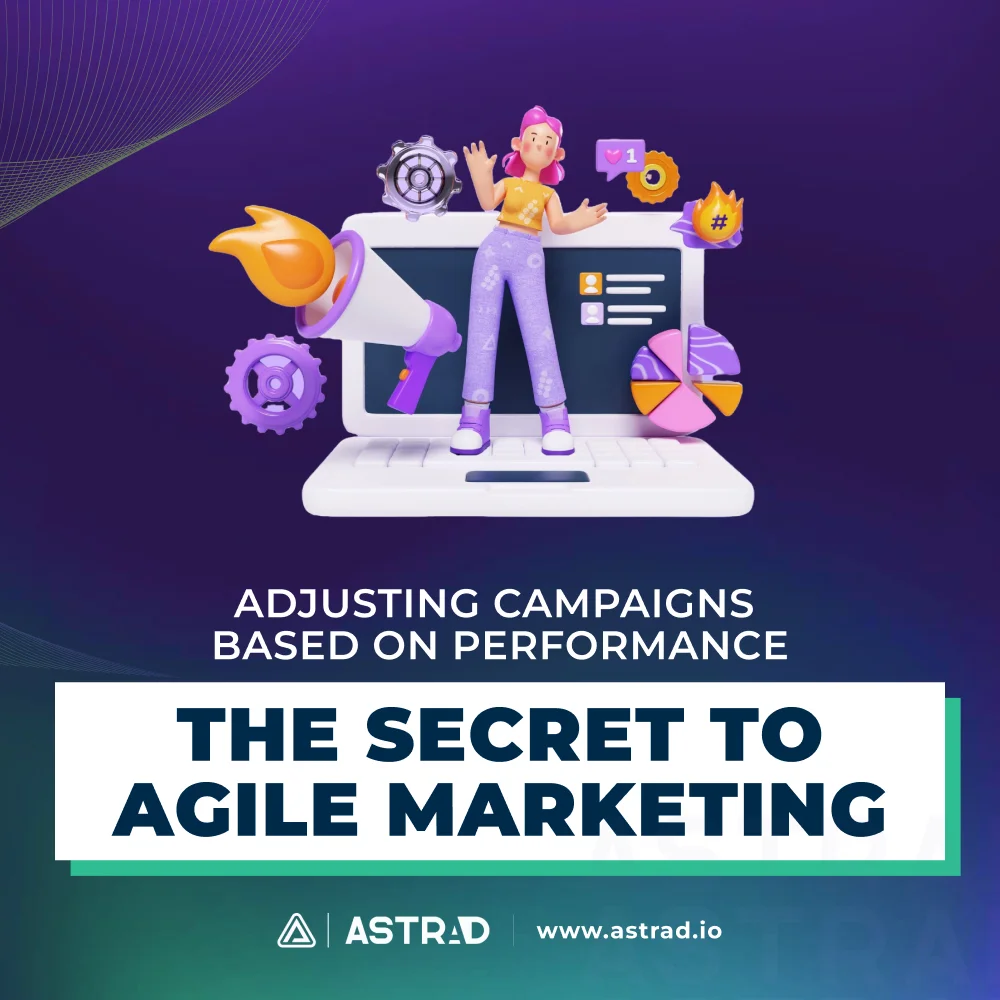Picture this scenario: A team just landed a dream client. Sales is celebrating, marketing is popping champagne, and everyone’s asking the same question – what exactly sealed the deal? Was it that killer email campaign? Those targeted LinkedIn ads? Or maybe that case study they downloaded three months ago?
What’s interesting is how businesses used to think they could pin down success to just one moment – either the first time a prospect heard about them or that final click before signing. But anyone in B2B knows that’s not how it works in real life. That’s where multi-touch attribution (MTA) comes in – it’s like getting the full story instead of just the highlight reel.
What Is Multi-Touch Attribution and Why Does It Matter?
In today’s B2B world, buying decisions rarely come down to a single moment. Think about it – businesses spend months researching options, comparing solutions, reading reviews, and getting buy-in from multiple stakeholders before signing on the dotted line.
That’s where multi-touch attribution marketing comes into play. It’s a smart way to track and measure how each marketing touchpoint contributes to winning a customer – from that first blog post they read to the webinar that caught their attention, all the way to the product demo that sealed the deal.
Instead of giving all the credit to one interaction, multi-touch attribution shows you the real story behind every conversion, helping marketers understand which combination of touchpoints actually drives results.
How Multi-Touch Attribution Maps the Buyer’s Journey
Here’s what makes a multi-touch attribution model so powerful – it shows the whole picture. Organizations can see:
- Which channels actually drive results (not just look good on paper)
- How different touchpoints work together (like how webinars prime prospects for sales calls)
- What customers are really doing before they buy (not just assumptions)
Companies have completely transformed their marketing after getting these insights. One tech firm discovered their thought leadership content was silently influencing deals months before anyone talked to sales. Without multi-touch marketing attribution, they would have never known.
The Role of Multi-Touch Attribution in Account-Based Marketing (ABM)
Here’s the thing about ABM – it’s not like regular marketing, where you cast a wide net. Instead, it’s all about focusing on those high-value accounts with marketing that speaks directly to them. When you’ve got multiple team members engaging with your content in different ways, the old single-touch attribution approach just doesn’t cut it. That’s where multi-touch attribution steps in to help ABM teams:
- Spot exactly which ABM strategies are getting real engagement from target accounts
- Get sales and marketing teams aligned with solid, data-backed insights
- Craft personalized experiences by understanding how prospects interact with content
When teams leverage multi-touch marketing attribution, they can really dial in their personalization game. After all, each target account has several decision-makers at the table, and tracking their interactions reveals valuable patterns that shape smarter outreach strategies.
How Multi-Touch Attribution Enhances Personalized Engagement
The multi-touch attribution model bridges cold, hard data and real customer experiences. By tracking how accounts interact with your brand, you can fine-tune everything – from content to outreach sequences – ensuring the right message lands at the perfect moment. Instead of blasting generic emails or broad campaigns, companies can use multi-touch attribution to create laser-focused strategies that connect with prospects at each stage of their journey.
Here’s a real scenario: imagine a decision-maker has been consuming your thought leadership content but hasn’t checked out any product materials. Armed with this insight from multi-touch attribution marketing, sales teams can naturally pivot their messaging to weave in relevant product details. This smart approach keeps marketing and sales aligned, pushing accounts further down the funnel and driving better ROI.
Key Multi-Touch Attribution Models and Their Applications
Choosing the right multi-touch attribution model depends on your business goals, marketing complexity, and available data. Each model assigns credit differently, helping marketers analyze the effectiveness of their campaigns. Below are the most common models:
1. Linear Attribution Model
Think of this one as the “everyone gets a trophy” approach. It splits credit evenly across every touchpoint in the customer’s journey, assuming each interaction played its part in getting the sale. It’s like looking at your marketing funnel and saying every piece matters equally.
- Best for: Businesses dealing with long, complex sales cycles where lots of different touchpoints matter, and you can’t really say one interaction was more important than another. This especially makes sense for complex B2B sales, where you’re nurturing leads across different channels over a long time.
2. Time-Decay Attribution Model
This model works kind of like your social media feed – the recent stuff gets more attention. While early touchpoints still get some credit, the model gives more weight to interactions that happened closer to the actual conversion. It’s like saying, “What have you done for me lately?”
- Best for: B2B companies where those final touches – like product demos, consultations, and follow-ups – really seal the deal. If you’re in an industry where those last few interactions before closing are super important, this model makes a lot of sense.
3. U-Shaped (Position-Based) Attribution Model
Here’s where it gets interesting – this model gives 40% of the credit to both the first and last touchpoints, with everything in the middle sharing the remaining 20%. The thinking goes: first impressions and closing moments matter most, while everything in between helps move things along.
- Best for: Businesses that care a lot about both getting new leads and closing deals. It’s especially useful in multi-step nurturing campaigns where making a strong first impression and closing strong are crucial.
4. W-Shaped Attribution Model
Building on the U-shaped approach, the W-shaped model spreads the love a bit more evenly – 30% each to the first, middle, and last interactions, with the remaining 10% going to all the supporting touchpoints. It’s like recognizing three key acts in your marketing play: the opening, the turning point, and the finale.
- Best for: ABM campaigns where you’re dealing with multiple decision-makers popping in at different stages. It helps keep sales and marketing teams on the same page by making sure no important touchpoint gets overlooked.
5. Full-Path Attribution Model
This is the “leave no stone unturned” approach to attribution. It tracks everything from the first hello to the final handshake, making sure every stage of the buyer’s journey gets its due credit. If you want to know exactly how your funnel works, this model gives you the full picture.
- Best for: Businesses that want to really geek out on their sales funnel data to fine-tune their marketing. It’s especially valuable for enterprise-level ABM strategies where you’re juggling lots of touchpoints in high-value deals.
6. Data-Driven Attribution Model
Now we’re getting into the fancy stuff. Unlike the other models that follow set rules, this one uses AI to analyze real-time data and figure out what’s actually driving conversions. It’s like having a super-smart analyst constantly adapting to changes in buyer behavior to show you what’s really moving the needle.
- Best for: Companies with serious analytics muscle and the ability to track detailed user behavior across multiple channels. If you’re investing heavily in multi-channel digital marketing, this model can be a game-changer because it takes the guesswork out and keeps optimizing your marketing spend based on real data.
Choosing the Right Multi-Touch Attribution Model for Your Business
Let’s talk about something crucial – choosing a multi-touch attribution model that actually works for your business. Since every company sells differently, the model that works like magic for one might fall flat for another. Here’s what you need to think about:
Key Factors to Consider:
- How long is your sales cycle? If you’re playing the long game with deals that take weeks or months to close, you’ll want to look at Time-Decay or Full-Path Attribution models. These are great at showing you how different touchpoints matter over those extended conversations with prospects.
- What’s your marketing budget looking like? For businesses spreading their budget across lots of channels, both online and offline, Data-Driven Attribution is your best friend. It uses real performance data to tell you exactly where your money is working hardest.
- How much data can you actually track? Let’s be real – if you’re just starting out with attribution tracking, keeping it simple with Linear or U-shaped attribution makes sense. You can always level up to those fancy AI-driven models when you’ve got more tracking in place.
Example Use Cases:
- Take B2B SaaS companies – they’re dealing with complex sales cycles where lots of people need to say “yes” before a deal closes. For them, W-shaped or Full-Path Attribution models make perfect sense because they show the whole journey from the first click to the final signature.
- On the flip side, e-commerce businesses need to move fast and track quick purchase decisions. They usually love Time-Decay or Data-Driven Attribution because these models focus on what’s driving sales right now.
Multi-Touch Attribution as the Future of ABM Success
Here’s the thing about multi-touch attribution – it’s not just another reporting tool to add to your stack. Think of it as your strategic compass for making smarter marketing decisions. When you pick the right multi-touch attribution model, you’ll know exactly where to put your marketing dollars, your sales and marketing teams will finally be on the same page, and you’ll be able to create the kind of personalized experiences that customers actually want.
For any business serious about getting the most bang for their marketing buck and taking their account-based marketing to the next level, multi-touch attribution marketing isn’t just nice to have – it’s essential. It’s time to stop guessing what works and start knowing. In today’s digital world, having this kind of data-backed insight isn’t just an advantage – it’s what separates the leaders from the followers.






